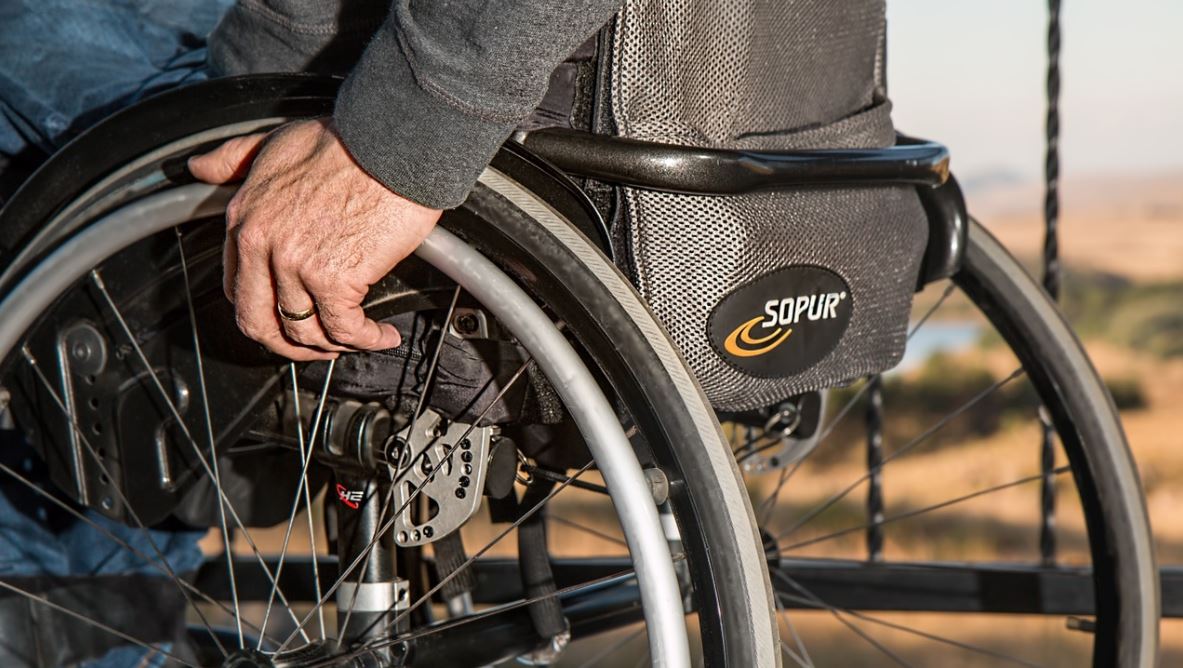To qualify for Social Security Disability Insurance (SSDI), you must prove you have enough work credits, and your condition is disabling enough, based on the Social Security Administration’s standards. You also need to provide medical evidence showing that your condition meets one of the SSDI medical listings or its equivalent in their published medical listings.
Definition of Disability According to Social Security
Unlike some of the other programs, Social Security only accepts total disability for payments. Short-term and partial disabilities do not qualify for Social Security payments.
Normally, the Social Security program assumes that working families for individuals with a short-term disability can access resources, such as savings and investments, workers’ compensation, and insurance. According to Social Security guidelines, a disabled individual is someone who:
- Cannot continue doing the work they did before
- Social Security decides cannot adjust to other work due to their medical condition
- Exhibits a disabling condition that’s expected to last (or has lasted) for more than one year or may cause death
It is the Disability Determination Services that determine whether your disability fulfills the above requirements. There is usually a five-month wait period for payment after disability.
Medical Requirements
The Social Security Blue Book contains lists, different for adults and children, of the various acceptable medical conditions. The following medical conditions qualify for the SSDI benefits:
- Speech and sense conditions including hearing loss and vision impairment
- Musculoskeletal disorders including bone and joint dysfunctions
- Cardiovascular disorders
- Digestive tract problems such as liver disease
- Respiratory conditions such as mucosal fibrosis and asthma
- Neurological disorders
- Hemophilia sickle cell disease and other blood disorders
Preparing Your Medical Records To Qualify
The physicians should be familiar with the SSDI requirements before making medical statements for you. Explain to them how the condition negatively impacts daily activities so that they include this information in the statements. Include a complete list of the following:
- All the conditions and symptoms
- Hospitals and healthcare professionals involved in your treatment
What if My Condition Is Not in the Blue Book?
It is still possible to qualify for SSDI if your medical condition is not in the Blue Book and if it causes a medically provable impairment. Clinical reports should backup your medical condition.
The state agency reviews the medical records and determines whether you qualify. If your application goes through, you receive a letter showing the sum of benefits and when the installments will commence. The letter also lists the reasons for rejection and tells you how to appeal the decision.
Do You Have Sufficient Work Credits?
Proving your disability alone will not tip the scales to earn the SSDI benefits. You also need enough work credits, which vary between individuals. The required work credits follow a particular rule as follows:
- You may be eligible for SSDI benefits if 24 years old and have accumulated six work credits in the three years before the start of your disability.
- You may be eligible if in the age gap of 24 and 31years and have credits for half the time worked between the times your incapacity began and when you attained 21 years of age.
- If you are older than 31, you must have at least 20 credits earned during the ten years before the onset of your disability.
Appealing the Rejection
Qualifying for the benefits does not always translate to automatic SSDI payments the first time you submit your disability application. Find out what to do if the SSA denies your claim by enlisting the services of a qualified SSDI attorney. An advocate will help you pursue a disability appeal.

